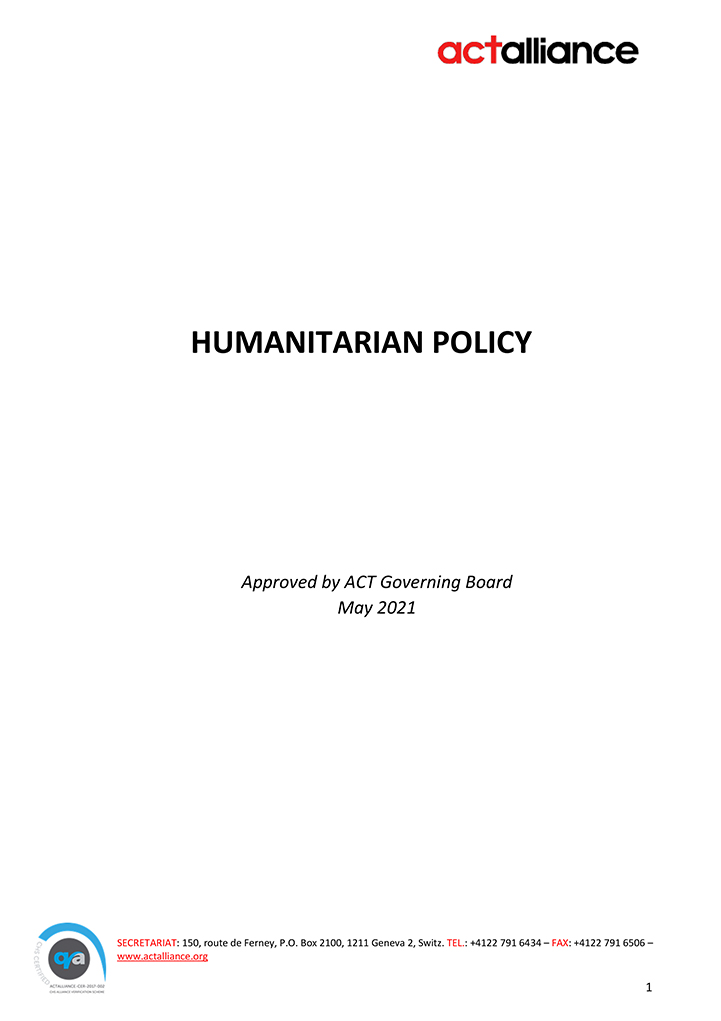An unprecedented number of fires have raged throughout Brazil in 2019, intensifying in August. There have been more than 80,000 fires so far this year, the most ever recorded by the country’s National Institute for Space Research (INPE). It’s a nearly 80 percent jump compared to the number of fires the country experienced over the same time period in 2018. More than half of those fires are taking place in the Amazon. Environmentalists have been raising the alarm about deforestation since the country’s current president Jair Bolsonaro was elected in 2018. A major part of his campaign message called for opening the Amazon for business, and since he’s been in power, he’s done just that. Most of the worst-affected regions are in the north of the country. Roraima, Acre, Rondônia and Amazonas all saw a large percentage increase in fires when compared with the average across the last four years. In the Brazilian Amazon there is a population of approximately 430, 000 indigenous people, distributed in 419 Indigenous Lands, occupying an area of 115,342,101 hectares, 22.9% of the total area's surface, including people in voluntary isolation, who are now at great risk due to the uncontrolled fires.Several other countries in the Amazon basin - an area spanning 7.4m sq km (2.9m sq miles) - have also seen a high number of fires this year. Venezuela has experienced the second-highest number, with more than 26,000 fires, with Bolivia coming in third, with more than 19,000. This is a rise of 79% on last year. Peru, in fifth place, has seen a rise of 92%. The size of the fires in Bolivia is estimated to have doubled since late last week. More than 1.8 million acres in Bolivia have been burned.In Brazil CESE will work together with partners in the Amazon region. The main partner is COIAB (Coordination of Indigenous Organizations of the Brazilian Amazon), which brings together hundreds of indigenous organizations from all over the Amazon, and is acting directly on some of the firefighting fronts. The other partners are indigenous and socio-environmental organizations involved in the various territories. ACT Alliance members in Brazil and Bolivia are monitoring the development of the situation, IEMB (Methodist Church from Bolivia) is preparing to provide humanitarian relief in the affected area in Bolivia and CESE, FEACT Brazil's member with others local partners is planning to provide support in Food security, mobility and firefighting equipment, communication and advocacy. Other ACT Alliance local members will engage on the external dissemination and advocacy activities related to the disaster. Alerts_Fire_in_The_Amazon











